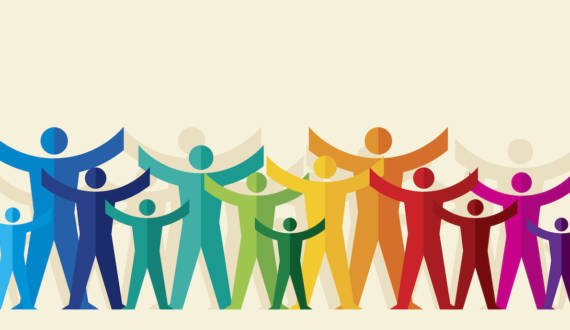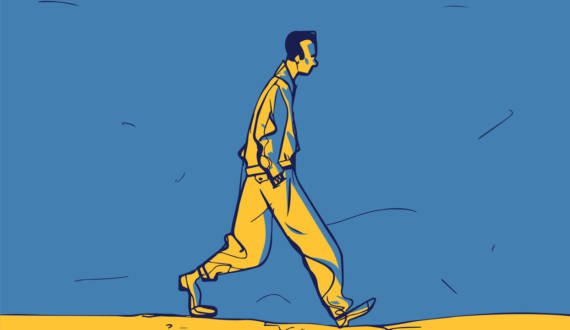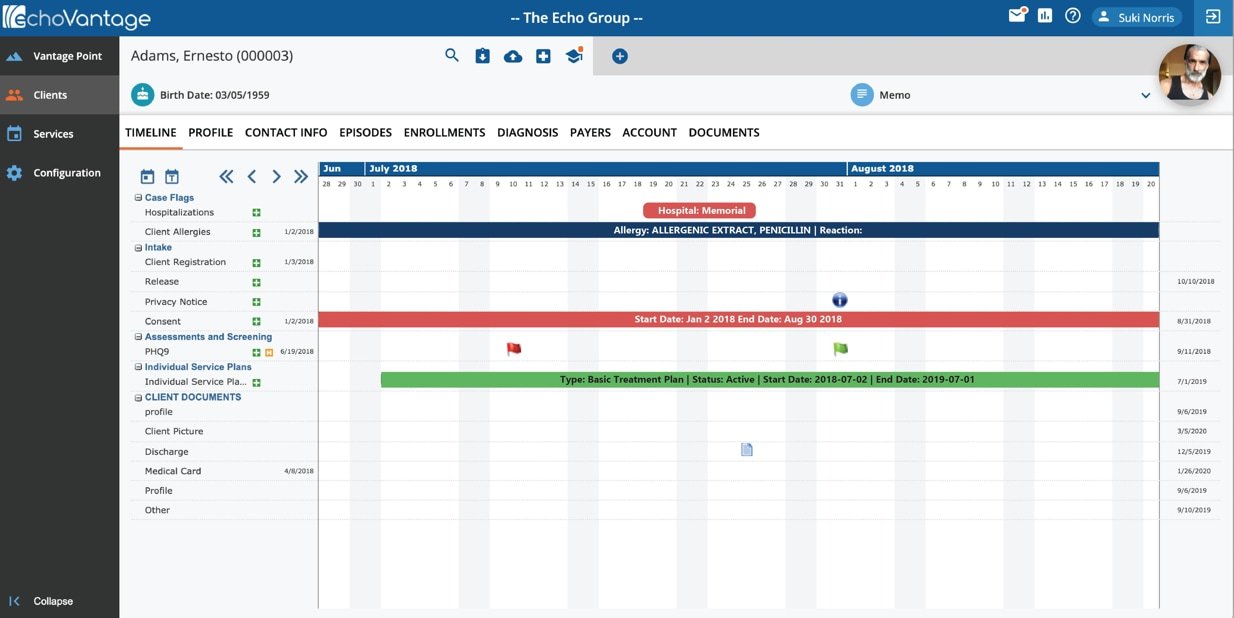Employment and the Effects on Mental and Physical Health
You Can’t Hire Away Health Disparity
In this article, we return to reviewing the Social Determinants of Health. We last addressed poverty, and in this article, we will address employment and its relationship to the Social Determinants of Health (SDOH). Employment does not necessarily negate poverty, and in that potential intersection, we find disparity. This article will first consider why employment is a prong of the SDOH, then consider why people work and types of employment, the relationship between work and health, discrimination and bullying in the workplace, and finally, how COVID-19 affects the employment analysis.
Why is Employment an SDOH?
The health disparities in poverty and discrimination affect employment as well. Elements including socioeconomic status, gender, and race can all make a difference when seeking employment and the type of employment available. Employment may affect income, access to health insurance, and exposure to unsafe conditions, affecting health and health outcomes. Finally, racism and discrimination may impact the distribution of employment, leading to the real potential for health disparities.
Why Do People Work?
Generally, we would all agree that people work for income, but is there more? People also work for human relationships with coworkers. Previous have addressed the challenge of loneliness and the importance of social cohesion; work may be a solution. Work can provide personal development allowing the employee to learn and improve skills. Many employees find job satisfaction in their work. Finally, work can provide security. The challenge is that not all work provides the goals identified above.
What is Employment
The definition of employment is working for someone else and receiving payment. But there is so much more such as the quality of the employment, are you in management, are you underemployed? An underemployed worker may hold a part-time versus a full-time job, or the worker may be qualified for a higher-level job than the current position. The importance relates to hours, income, and quality of life. There is also a difference between salaried and hourly; it is easier to cut back on hourly workers than salaried workers. Companies can limit the hours of hourly workers if business is bad. Large employers can limit the time of hourly workers to 30 hours or less to avoid mandatory healthcare coverage. Again we see the connection between employment and potential health disparity.
Link Between Health and Employment
We accept a positive link between health and employment versus unemployment; before COVID-19, all-cause mortality increased by 63% for unemployed persons. Underemployed persons also tend toward lower levels of health than employed persons. Single mothers with low control jobs also have a higher mortality rate, even with full-time jobs.
The relationship between health and employment will also depend on the nature of the job. When jobs are high stress and have little decision latitude, unhealthy behaviors such as smoking may develop. Interestingly there is a significant relationship between class and coronary heart disease amongst workers.
Perceived harassment and discrimination in the workplace are associated with negative mental health and substance abuse and are prevalent in today’s workforce. So the issue becomes the availability of health insurance to deal with the many issues. In a 2019 study, 74% of Whites, 52% of Blacks, and 48% of Hispanics had private health insurance to address the health issues.
The relationship between employment and health may be determined only by family challenges, the job, and the availability of insurance. The determinants of health require that the link between employment and health be positive.
Impact of Discrimination
Discrimination impacts hiring, job type, and pay. In a previous article on discrimination, I highlighted a test where employers received equivalent resumes with name differences, such as Jamal and Lakisha signaling African American versus Brad and Emily signaling white persons. Brad and Emily were 50% more likely to receive a callback than Lakisha or Jamal. An example of the potential for discrimination in hiring. The disparity starts early; black male high school graduates are 70% more likely to experience involuntary unemployment than whites with similar characteristics.
Discrimination appears before the job search; it also includes lower socioeconomic status, communities with little or no public transportation, and quality of education. The result is that 10.2% of Blacks, 13.6% of Black women, and 10.7% of Latinos are working poor. The job types include jobs with heavy physical demands, exposure to chemicals, and no health insurance. In a study of working conditions, 30% of Blacks and 33% of Hispanics compared to only 22% of Whites had jobs with physical demands over 50% of the time. In the same study, 15% of Blacks compared to 3% of Whites had jobs where they had to breathe tobacco smoke over 50% of the time.
Women in the Workforce
Women in the workforce have a different challenge. Many women with paid jobs still have the unpaid labor of family duties. Many women entering the workforce face gender discrimination, including salary, job type, and access to promotions. Working women tend to have higher rates of depression than their male counterparts.
Benefits
While there may be differences in job types, there is no support for workers in benefits. Only 57.4% of Black Workers and 38.4% of Hispanic workers have paid sick days. The disparity in jobs creates a disparity in access to healthcare. The choice is earning income to pay for housing and food or taking time off. Once again, the link between employment and health does not act to improve health; rather, it creates greater disparities.
We also see discrimination in unemployment. In 2016 unemployment for Blacks was almost twice the unemployment rate for Whites. Unemployment further explains the health equity challenge facing many unemployed people. But specifically, the challenge of health equity is faced by African Americans who are often underemployed with no access to benefits.
Bullying and Workplace Harm
Bullying affects 30% of American workers, of that 61% is gender-based. The highest percentage of bullying is amongst racial and ethnic minorities. There are many types of workplace harm. Bullying involves actions that offend or socially exclude a worker. Workplace discrimination refers to unfair actions that impair a person’s ability to work. Harassment in the workplace involves negative actions toward a worker due to attributes such as gender or race. Workplace harm contributes to health disparities based on its effect on the victim, often a racial/ethnic minority; this includes psychological and physical health, health behaviors, and job outcomes. The result is even when employed; health disparities may be negatively affected.
So What About COVID-19?
Employment has changed since the onset of COVID-19, and while it has not changed the relationship between health and employment. Many of the issues discussed previously have been affected by COVID-19. While many people have lost their job during the pandemic, front-line workers have kept their jobs and an increased chance of contracting COVID-19. Front-line workers include cleaners, delivery drivers, and supermarket jobs. Many of these jobs are low-wage, no benefits jobs.
When the workers return home, they put their families at risk. Many do not have the space for social distancing and have lost income security. But holding a job is important for income security. As the jobs are mostly low wages, they do not include healthcare, but the risk of infection is high. In the face of the Omicron variant, the risk is greater, and still, the benefits are not available. In a recent study, 65% of low-wage workers went to work when they were sick. One example, an employer told an employee to take time off to take a test; if it is positive, we will pay for sick days; if negative, you need to take the time without pay.
One solution for many workers during the pandemic is to work at home. Only 9.2% of the lowest-income workers can work from home. Many faced job loss, as they could not work from home or perhaps their job disappeared. Hispanic and Black women account for a 46% reduction in jobs but are less than one-third of the female labor force.
There will be a lasting effect of COVID-19 from the impact on income security and health and social inequalities due to displaced workers. Black communities have a mortality risk twice as white communities creating a lasting change to the family structure. The end of the pandemic is not in our view, but the impact on the SDOH is already clearly visible.
Final Thoughts
Some thought that COVID-19 would be the great equalizer, but they were wrong. While some of us have kept our jobs, managed our kids in school, socially distanced as necessary, others have not been able to make the changes. Many lost their jobs, and many lost their lives. The sad truth is that it is not necessary; it results from a lack of health equity. Some have insurance, others don’t, some have easy access to a doctor, and some don’t, and some live, and some don’t. I hope we still have a chance for health equity as we find our way out of the pandemic.



